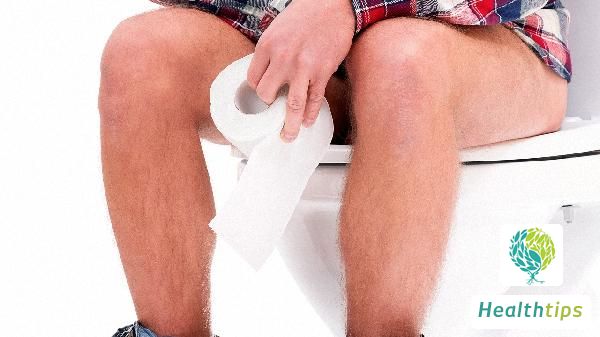Is Thyroid Nodule Class 3 in Both Lobes Serious?
Thyroid nodules category 3 in both lobes generally do not constitute a serious issue, but vigilance is required, and regular follow-up visits or further examinations should be conducted as per medical advice. According to the international pathological classification systems, TIRADS and Bethesda, category 3 typically indicates a suspicious or low probability of malignancy, with the vast majority being benign lesions. A definitive diagnosis should be made by combining ultrasound, needle biopsy, or other examination methods, while management involves dietary adjustments, lifestyle modifications, and targeted treatment when necessary.

Thyroid nodules category 3 refer to nodules found to have certain suspicious characteristics in medical imaging or cytology reports, but most are benign and require further monitoring or needle biopsy. Possible causes include:
- Genetic factors: Individuals with a family history of thyroid disease have a higher risk.
- Environmental factors: Excessive or insufficient iodine intake, exposure to radiation in the workplace, etc., can lead to the formation of thyroid nodules.
- Physiological factors: Ageing and fluctuations in female hormones can also increase the risk of nodules.
- Pathological factors: Long-term inflammation such as Hashimoto's thyroiditis and thyroid cysts may trigger changes in nodules.
Ultrasound examination: Assesses the size, morphology, blood flow, and other characteristics of nodules. Category 3 nodules may exhibit features such as unclear boundaries and irregular shapes.
Fine-needle aspiration biopsy (FNA): Analyzes the cellular characteristics within the nodule to further clarify benign or malignant tendencies.
Thyroid function test: Checks thyroid hormone levels to rule out functional problems.
For thyroid nodules category 3, surgery is not necessarily required immediately. Management strategies include:
- Regular follow-up visits: Generally recommended every 3-6 months to closely observe the growth or changes in nodules.
- Medication: Some mild nodules can be controlled with medications such as levothyroxine sodium.
- Surgery: Thyroidectomy may be an option if the nodule size increases significantly during follow-up or if the biopsy indicates an increased risk of malignancy. Common surgical procedures include lobectomy, thyroidectomy, and minimally invasive surgery.
- Dietary adjustments: Increase iodine-rich foods such as kelp and seaweed in the diet, but avoid excess, and supplement with vitamin D and high-quality protein.
Prompt medical attention and scientific management are key to dealing with thyroid nodules category 3 in both lobes. Regular physical examinations and maintaining a healthy lifestyle can effectively prevent serious complications or the occurrence of malignant thyroid lesions.



















